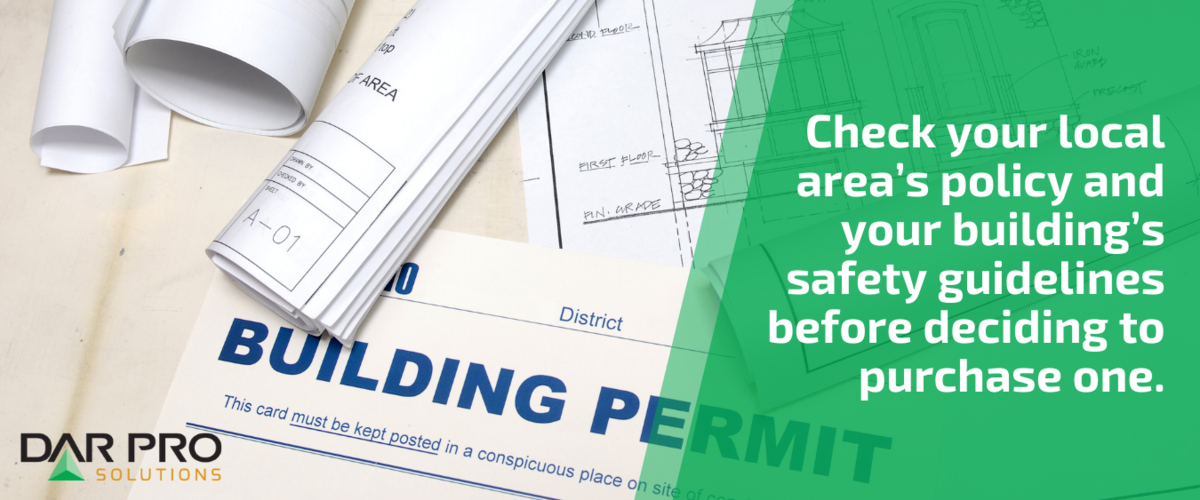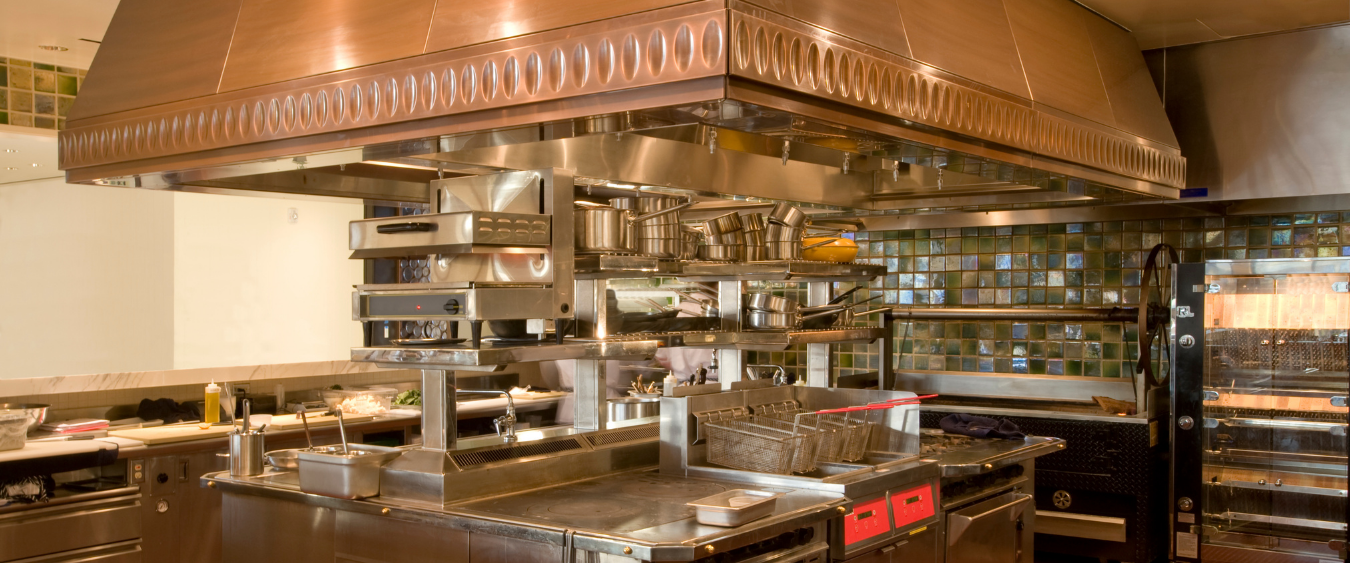What constitutes ventless cooking equipment?
In order to weigh the pros and cons, you’ll need to have an understanding of what ventless cooking equipment is and how it differs from other commercial cooking equipment.
A typical commercial kitchen fryer or griddle has a vent that hood usually hangs over it. The vent draws airborne debris such as fumes, smoke, odors, heat and steam from the cooking equipment and exhausts them outside through ventilation ductwork.
Simply put, ventless is different because it doesn’t have the overhanging vent. A ventless fryer or griddle is either fully or mostly enclosed, and doesn’t allow the debris to escape. It instead handles the debris inside the equipment itself. The design of the equipment incorporates a filter that traps the vapors inside.
Let’s take a look at the pros and cons of implementing ventless cooking equipment in your commercial kitchen.
PROs of ventless cooking equipment
1. More space and flexibility in layout
Space is probably at a premium in your crowded kitchen. You need to make the most of every foot. Ventless equipment tends to be smaller and more mobile than traditional equipment. Since you didn’t have to install a hood and a ventilation system, your fryer isn’t locked into one spot because it is handcuffed to the vent hood.
Ventless equipment can also be moved more easily. Most come with a set of wheels and can be placed in smaller spaces. Manufacturers produce mobile cart cooking equipment systems that are specifically designed to move around and make placement easier. This is particularly useful in kitchens with space limitations such as concession stands inside stadiums and arenas.
2. More consistent food quality
A fully enclosed ventless fryer is going to produce more consistent food quality because most all ventless commercial fryers are partially or fully automated. This minimizes the human error factor in making your food. Because most are electric powered, there is no variance in temperature, which you could potentially see with a vent hood fryer that is powered by gas. Temperature control is made easier. Some ventless fryers even have technology that can alter the cooking time based on the batch of whatever is being fried or cooked. This preserves the food’s quality.

3. Longer cooking oil life
Because ventless deep fryers are enclosed to ensure no fumes and other debris escape the fryer, it also prevents light, air and dust from getting into your fryer oil. Two of the main factors in a batch of fryer oil degrading are light and debris particles. This naturally extends the oil’s life, two of the largest factors in oil deterioration. This eliminates both, which means your oil lasts longer and your food tastes fresher.
As the price of fryer oil begins to rise, this is also a cost-saving measure that will positively affect your restaurant's bottom line. The longer your oil lasts without having to change a batch, the less often you’ll have to buy and expensive necessity for your kitchen operations.
Cons of ventless cooking equipment
1. Increased cost and more regular maintenance
If you’re browsing different fryers and comparing ventless to traditional ones, the traditional open vent fryer is typically cheaper than a ventless option. This is in part due to a traditional fryer not requiring an internal vent system because the vent hood an kitchen ventilation system takes care of that, which makes it easier and cheaper to build and sell. But it’s worth noting that you should also look into the installation costs of traditional fryer options, as this can often offset the difference in initial purchase price.
Ventless options require regularly changing the filter that serves as its internal ventilation system. These filters vary in price and can potentially become an expensive part of your inventory ordering. This is something you should factor into overall cost. Cost of the machine plus regular maintenance is something to compare when deciding on ventless or traditional because the gradual maintenance cost can add up.
2 . Not conducive to all cooking
While automation is great, it’s not a fit for every type of food. Not all food items are conducive to ventless frying. As we previously outlined, ventless cooking equipment is fully enclosed, and the automation take out the human error aspect. It also eliminates the variation the human element brings. Items that need close care. If you are cooking up fried steak or searing a dish, both of which require care throughout the frying process, a ventless fryer is going to make that difficult because it’s harder to flip and move around items in a ventless fryer.
Low heat items might not be conducive to a ventless fryer depending on its temperature variance capability. Since ventless units are not connected to a ventilation system, excess heat is not immediately stopped and it recirculates within the unit. This could potentially affect more delicate food items.

3. Some municipalities don’t allow ventless
Depending on your local municipality’s building and equipment regulations, ventless fryers may not be permitted. You should check your local area’s policy and your building’s safety guidelines before deciding to purchase one. Ductless systems are listed to a different standard than duct ventilation systems and not every building allows ductless equipment. It is ultimately up to your inspector and your local health department to make the determination as to whether ductless equipment is allowed in your building.
You’ve now weighed the pros and cons of ventless cooking equipment. That means your are better equipped to determine whether ventless appliances are an optimal fit for your commercial kitchen.
DAR PRO Solutions provides custom used cooking oil recycling and grease trap maintenance service to businesses across the country. Our service and storage equipment are a fit for any kitchen footprint. Reach out to a DAR PRO representative today and find out how your business can benefit from our program. Call us 24/7/365 at 855-DAR-PRO1 (855-327-7761).
Contact Sales
For customer service inquiries call our toll free number (855) 327-7761
By submitting this form I agree to the privacy policy including the usage of contact details to contact me for marketing purposes.
